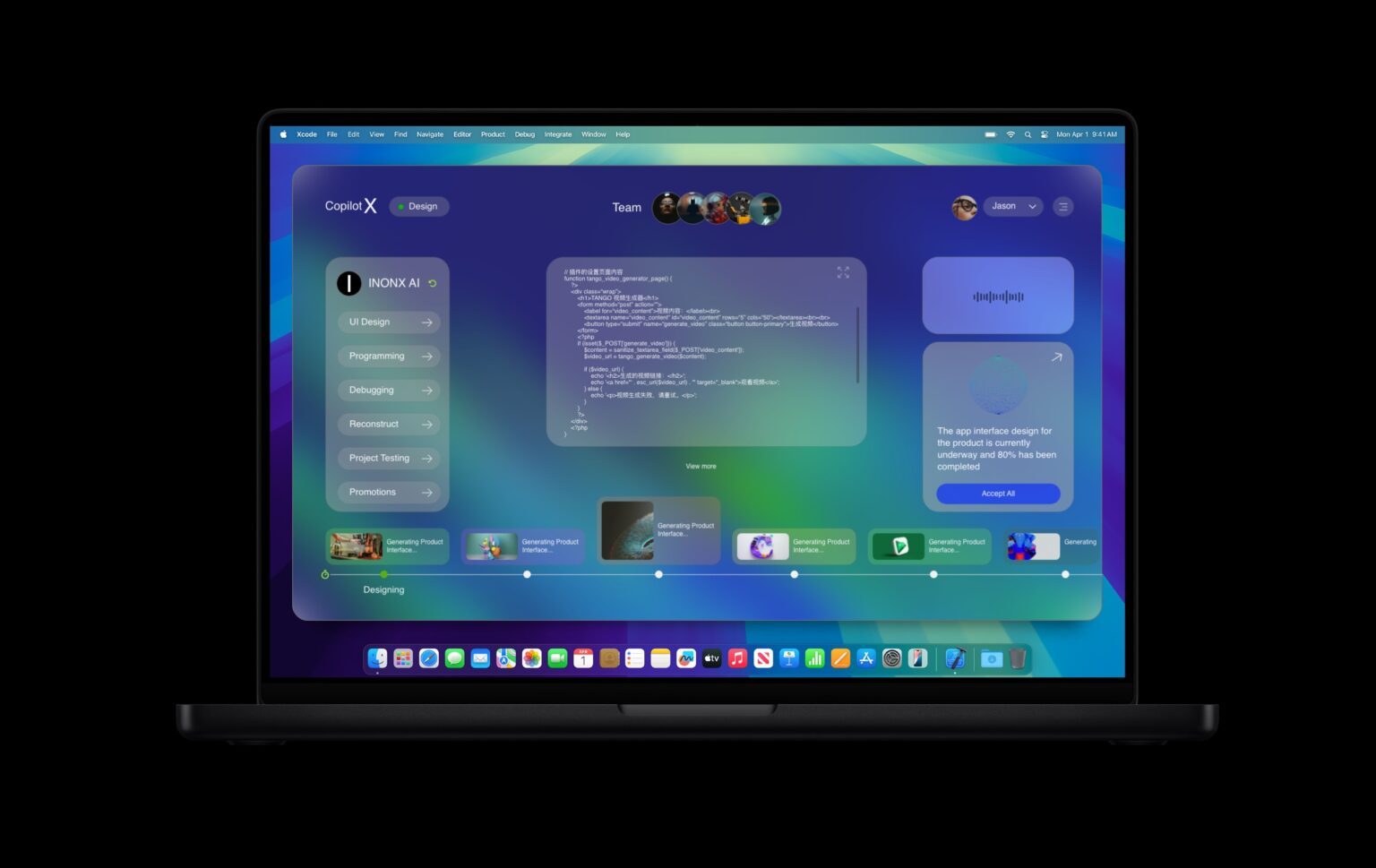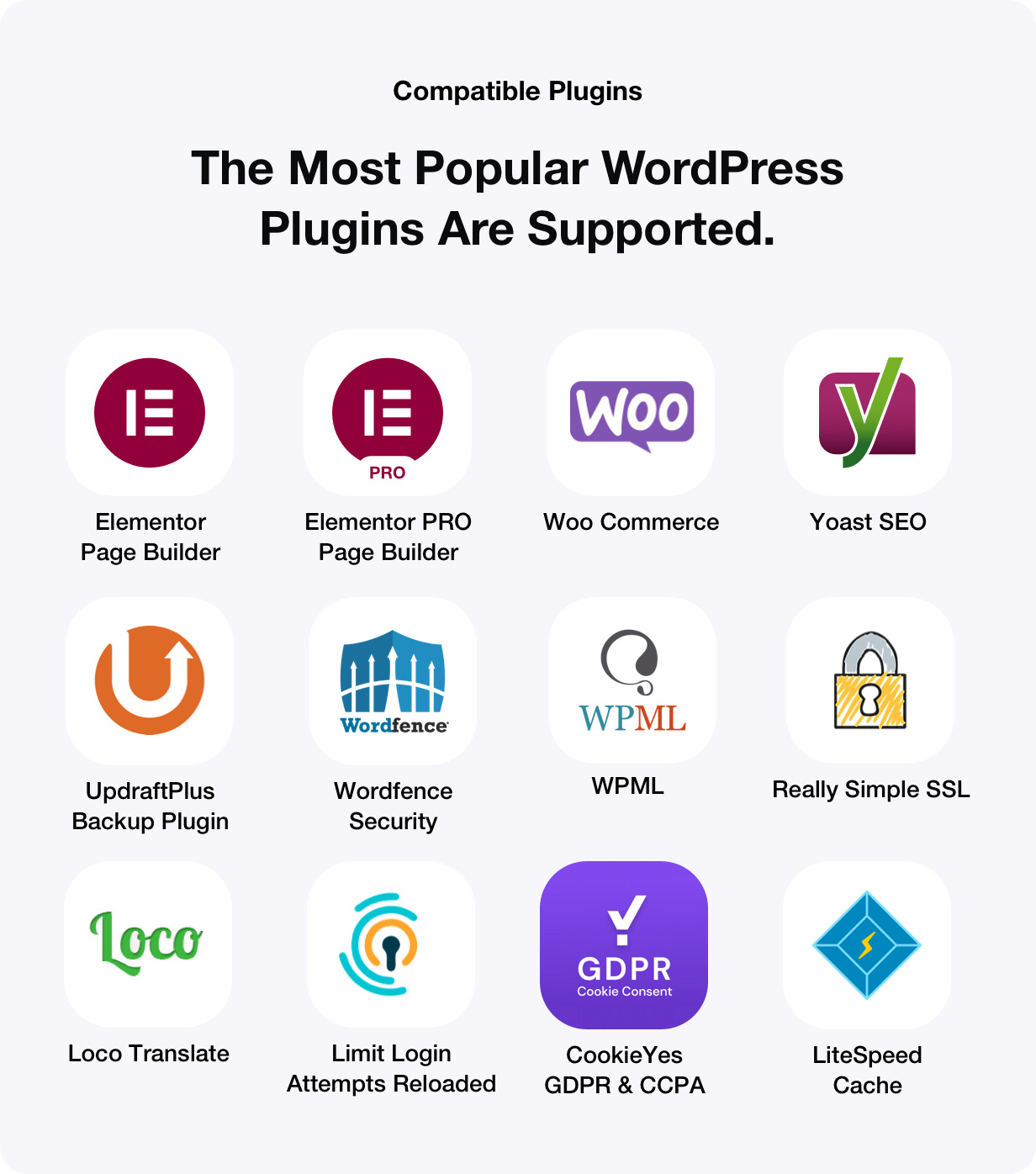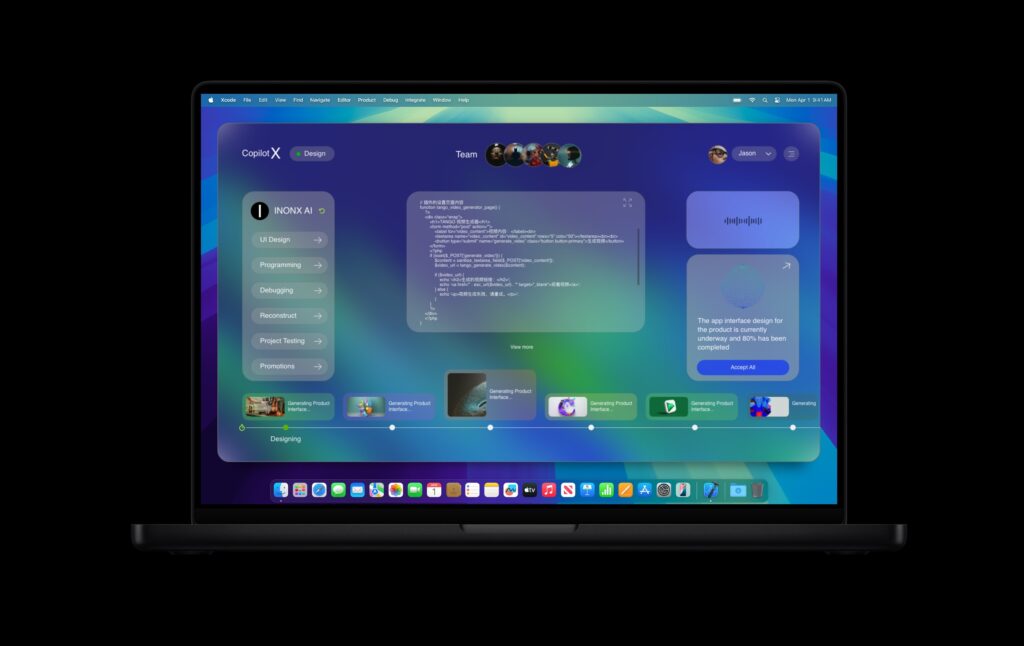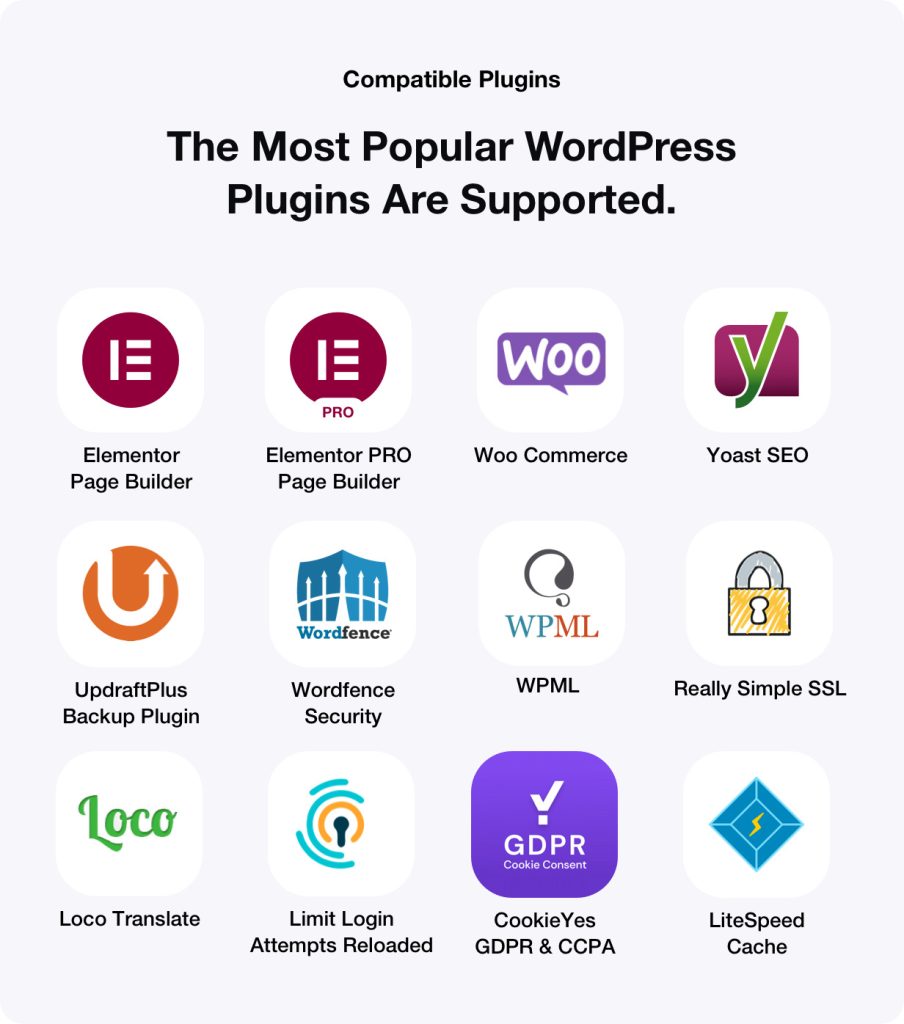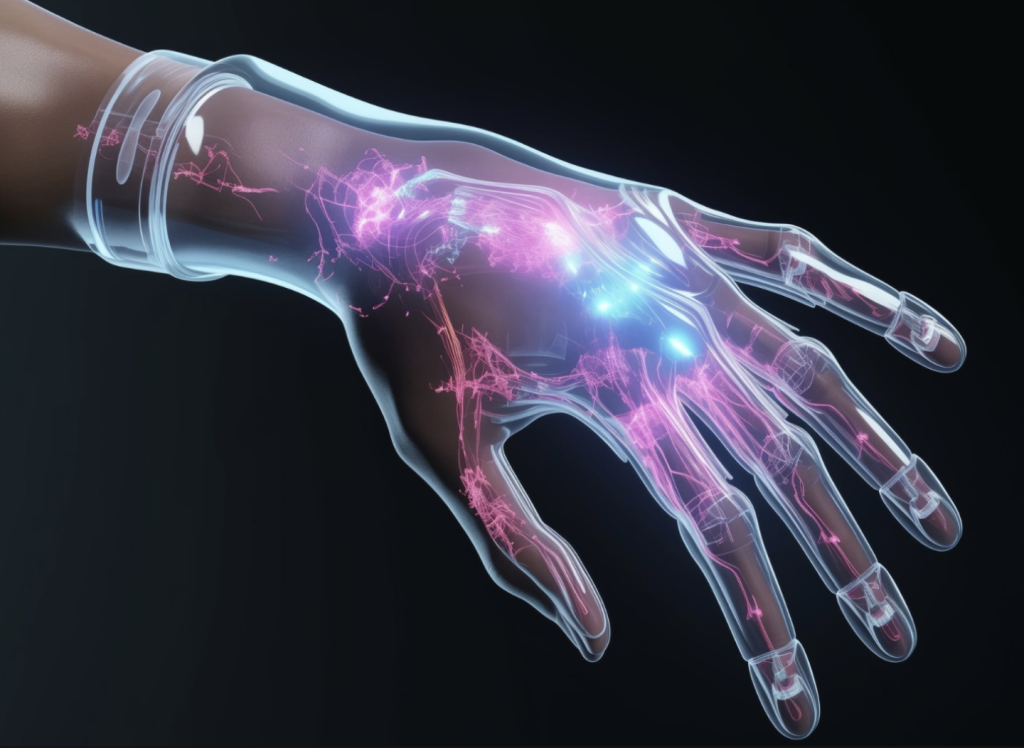As artificial intelligence (AI) continues to evolve at a rapid pace, its integration into various industries has led to revolutionary advancements. Three prominent areas currently experiencing significant AI development include knowledge management, population health strategies, and intelligent transportation systems (ITS). This article delves into the latest breakthroughs and applications of AI in these fields, offering insights into how technology is reshaping our world.
.
### AI in Knowledge Management
AI’s role in knowledge management (KM) has become increasingly critical as organizations strive for efficiency and innovation. Knowledge management refers to the systematic management of an organization’s knowledge assets for creating value and meeting strategic requirements. The latest advancements in AI technologies, such as natural language processing (NLP) and machine learning, have transformed how organizations manage, retrieve, and utilize knowledge.
Recent developments have shown that AI-powered systems can analyze vast amounts of data, extracting insights and identifying patterns faster than traditional methods. This capability allows organizations to streamline their knowledge repositories, making it easier for employees to access relevant information. For instance, AI chatbots can interact with employees, answering questions in real-time and providing suggestions on the best available resources.
A notable example of AI in knowledge management can be seen in companies like IBM, which has launched its Watson Knowledge Catalog. This resource utilizes AI to assist organizations in organizing their data and knowledge assets more effectively. Watson’s NLP capabilities help classify unstructured data, making it searchable and actionable, while its machine learning algorithms continually improve the system’s recommendations based on user interactions.
Additionally, innovative solutions such as Knowledge Graphs—intelligent databases that define relationships between different pieces of information—are emerging within organizations. These graphs enable enhanced visualization and connectivity of knowledge assets, allowing employees to discover information they may not otherwise find. The automation of knowledge curation through AI not only increases efficiency but also fosters a culture of learning and adaptability.
.
### AI for Population Health Strategies
In the healthcare sector, AI is playing an increasingly vital role in developing population health strategies. Population health involves managing the health outcomes of a group of individuals by addressing data analytics, social determinants of health, and resource allocation. The application of AI technologies can enhance predictive analytics, streamline patient care, and improve overall healthcare delivery.
Recent studies have demonstrated that AI can predict outbreaks of diseases by analyzing various data sources, including social media trends, environmental conditions, and historical health data. For instance, Google’s DeepMind has made headlines for its capacity to predict patient deterioration in real-time by analyzing electronic health record (EHR) data. By leveraging machine learning, AI systems can recognize patterns in health data to provide early warnings for potential health crises.
Moreover, AI is improving personalized medicine by utilizing genomic data to tailor treatment plans for individual patients. Algorithms can sift through vast datasets to identify genetic markers, assisting healthcare professionals in determining the most effective therapies. This advancement is particularly significant in managing chronic conditions, where customized health plans can lead to better patient outcomes.
Furthermore, AI is enriching community health efforts by optimizing resource allocation. For example, algorithms can analyze data from various geographical regions to identify health disparities and resource needs. This analysis enables health organizations to direct interventions and resources more effectively, targeting underserved populations.
CASE STUDY: The University of California, Los Angeles (UCLA) has implemented AI-driven models that analyze patient data to map healthcare disparities across the region. By identifying populations at risk and the factors affecting their health, UCLA is better equipped to design targeted programs that address specific community needs.
.
### Intelligent Transportation Systems (ITS)
The transportation sector is undergoing a significant transformation due to the integration of AI into intelligent transportation systems (ITS). The goal of ITS is to enhance the safety, efficiency, and sustainability of transportation networks by utilizing advanced technologies, including AI, to monitor and manage traffic conditions.
Recent advancements in AI have led to the development of smart traffic management systems that analyze real-time data from traffic cameras, sensors, and GPS devices. Utilizing machine learning algorithms, these systems can optimize traffic signals and improve traffic flow, reducing congestion in urban areas. According to a report from the American Association of State Highway and Transportation Officials, the implementation of AI in traffic systems could lead to a decrease in travel time by up to 20%.
Moreover, AI is also playing a pivotal role in the evolution of autonomous vehicles (AVs). Companies like Waymo and Tesla are at the forefront of AV technology, relying on sophisticated AI systems to interpret data from a multitude of sensors, making accurate real-time driving decisions. Recent tests have demonstrated the potential of AVs to improve safety on the roads, with AI algorithms identifying hazards faster than human drivers.
Another key area where AI is being utilized is in predictive maintenance for transportation infrastructure. By analyzing data from transportation assets, such as bridges and roads, AI tools can forecast maintenance needs, minimizing downtime and extending the life of critical infrastructure. This proactive approach has proven essential in maintaining safety and reliability in transport networks.
The use of AI in ITS also extends to public transportation systems, where AI can analyze passenger flows and optimize service schedules. For example, cities are deploying AI-driven tools that assess ridership data, allowing transit authorities to adjust routes and frequencies based on actual demand, leading to improved service and user satisfaction.
One remarkable initiative is in Miami, Florida, where the city has implemented an AI-based traffic monitoring system that provides real-time feedback to drivers through variable message signs. These signs communicate up-to-date information about traffic conditions, accidents, and travel times. This enhances driver awareness and contributes to safer road usage.
.
### Conclusion
As we look towards the future, the role of AI in reshaping knowledge management, enhancing population health strategies, and transforming transportation systems is undeniable. The latest developments highlight the potential of AI technologies to streamline operations, improve safety, and foster healthier communities. While challenges remain, particularly in terms of data privacy and ethical considerations, the advancements in AI provide a promising glimpse into a more efficient and connected world.
In conclusion, embracing AI technologies is essential for organizations and governments to thrive in an increasingly complex and data-driven environment. The transformative power of AI in these key areas not only stands to improve workflows and outcomes but also enhances the quality of life for individuals across the globe. Continued investment and innovation in AI will be critical for unlocking further potential in knowledge management, public health, and transportation sustainability, shaping a future that is smarter, healthier, and more efficient.
Sources:
1. IBM Watson Knowledge Catalog
2. Google DeepMind health prediction studies
3. UCLA AI-driven health maps
4. American Association of State Highway and Transportation Officials traffic studies
5. Miami’s AI traffic monitoring system

